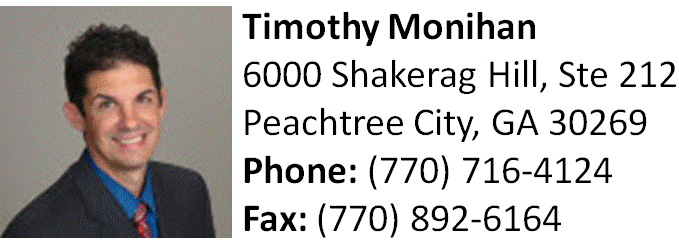Literary disaster transforms into decent teen blockbuster
Main character Stella and love interest Will share an intimate moment five feet apart in the movie adaptation of “Five Feet Apart.” The movie was fairly enjoyable compared to its lackluster literary counterpart.
March 24, 2019
Two teens destined to fall in love, but with a catch: a fatal disease, cystic fibrosis, shared by both. Along with this diagnosis comes an inability to touch each other for fear of contamination.
If the plot sounds cliché, that’s because it is. The idea of tragic young love dates back to the beginning of civilization, but it has semi-recently been popularized with John Green’s “The Fault in Our Stars.” Since “The Fault in Our Stars” was definitely a early 2010s phenomenon, “Five Feet Apart” gives me serious flashbacks.
However, I don’t have anything against cliché premises. Any story is worth retelling with proper execution. If anything, the plot is the least problematic part of the book. It’s everything else—terrible pacing, juvenile writing, massively underdeveloped characterization—that makes the novel “Five Feet Apart” a flop.
“Five Feet Apart” is a book for preteens. The novel is about 270 pages, but the font is so large and the spacing so wide that it took me only an hour to finish the book. Largely due to its short length, the pacing seems so rushed that nothing ever seems to occur naturally and organically, and everything just happens to happen because the writer doesn’t know how to use words to convey emotion.
This is also the main perpetrator behind the lack of characterization of the characters. There is not a single real, dynamic, or relatable character in the entire book. Every single one of them is the epitome of a literary stereotype.
As a result of this, none of the characters require more than maybe two words to sum up their entire selves. For example, main character Stella Grant’s entire personality can be summarized in two words: “control freak.” Love interest Will can be summed up in “rebel teen.”
However, thanks to the nature of cinematography, the major problems with the novel did not translate onto screen. The movie is almost scene-by-scene identical to the book, with only a few notable exceptions. The first is the opening scene and the second is the exclusion of the epilogue. There are some scenes from the book, however, that have obviously been enhanced by the producer, which actually add to the cinematographic experience.
The sad parts are conveyed as tragic as opposed to merely unfortunate. Thanks to the lack of the author’s unconvincing prose and the presence of a competent actress, the effect and meaning of the story is felt more poignantly by the viewer than it is by the reader.
Stella did not feel genuine sorrow at Poe’s (her best friend since her first hospital visit at age six) death in the book. She spent about thirty words being sad and threw some things around before the author promptly switched her point of view to Will’s. In the movie, however, the viewers are able to see the havoc wreaked on the lives of everyone Poe shared his life with and the collateral damage that ensued after Poe died.
That’s not to say that the movie came without its faults. Cole Sprouse, when we actually get down to it, is a terrible actor. His presence actually detracted from the entire experience, as he seemed to maintain one facial expression and one speaking tone for the entirety of the film regardless of how emotionally changed and impacted his character was supposed to be.
If there was anything to be said about “Five Feet Apart,” it’s that the movie is worth watching while the book simply isn’t worth reading.







